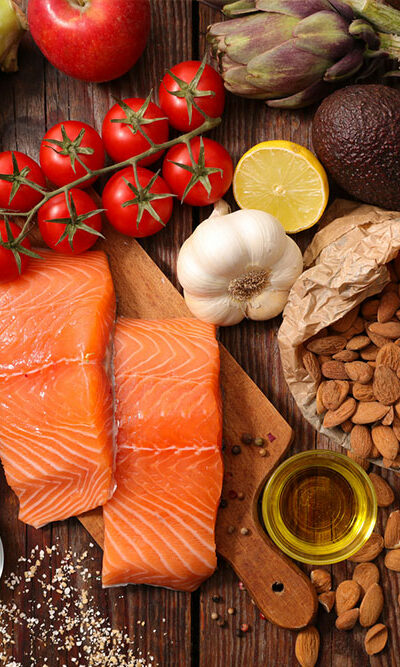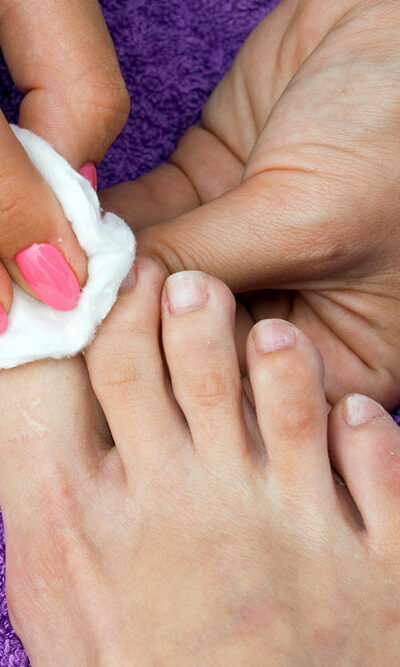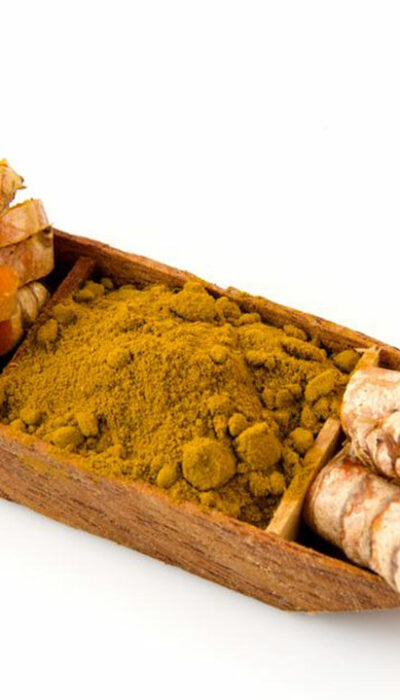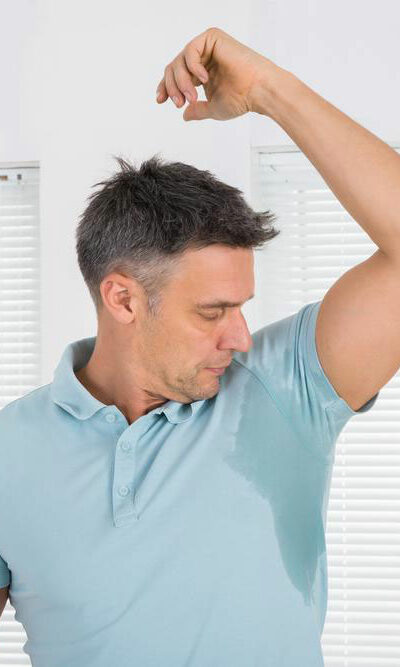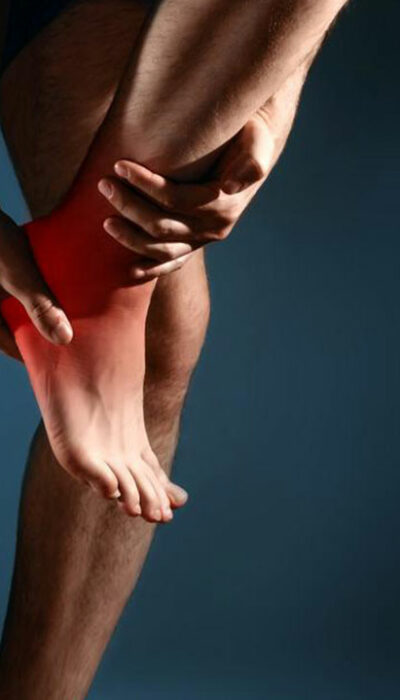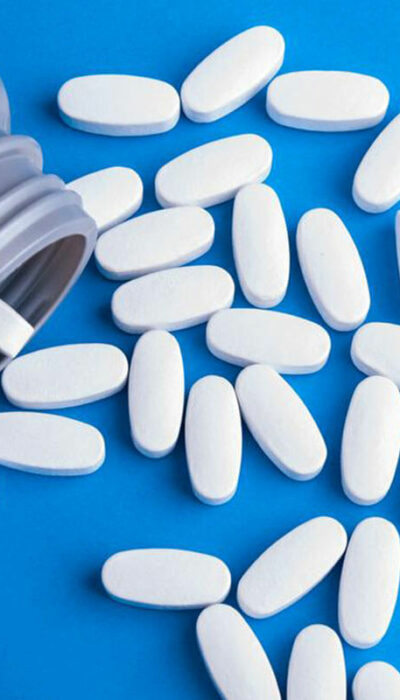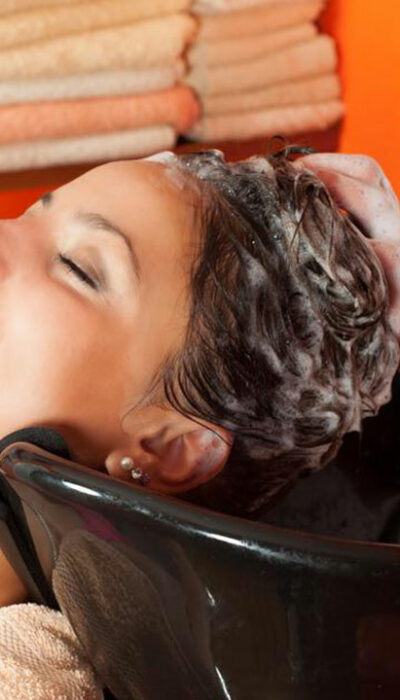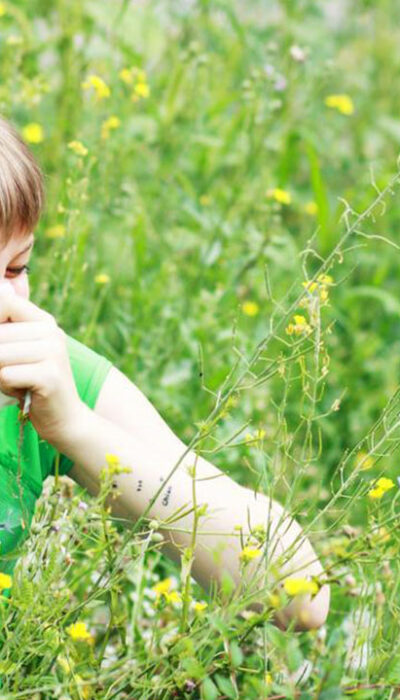
5 Things You Should Know about Botox Treatment for Migraine
Botox as a treatment for a migraine came to the forefront when some of the people coincidentally discovered relief from migraines after their Botox injections for fine lines and wrinkles. This was when the Botox came into being as a preventive measure for chronic migraine headaches. So, if a person is experiencing chronic migraine headaches and searching for a preventive measure, then Botox can be a popular option. Let us take a closer look at some of the things you should know about Botox treatment for migraine before opting for the same. In the treatment process of Botox for migraine, the patient receives several shots of Botox. These shots are given around the neck and head. The duration of the treatment continues for once in every 12 weeks in order to lessen the effect of or prevent migraine headaches. The entire process might include 30 to 40 shots of Botox, and these injections are equally divided on each of the sides of the patient’s head. In case a person experiences severe migraine pain on a particular spot, then he or she may require more shots on the affected side. The results of the Botox treatment for migraine would be seen after a period of two to three weeks from your first treatment. A person should resort to Botox in case of chronic migraine headaches. There are a number of trained professionals who are popular in giving Botox treatments. It is also advisable to first research about the clinic, treatment procedure, medications involved, side effects of the treatment, and consult your doctor. One should not visit the cosmetic surgeon to get the Botox shots for migraine. How does Botox work for migraine headaches? Botox is a prescription medicine that is used as an injection to prevent chronic headaches or migraine in adults.
